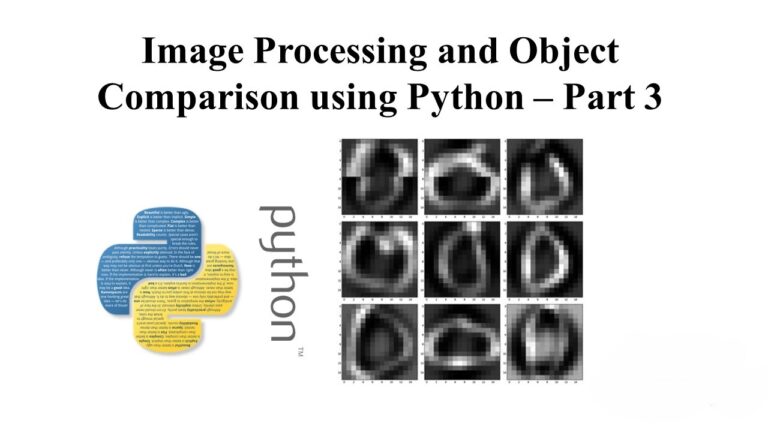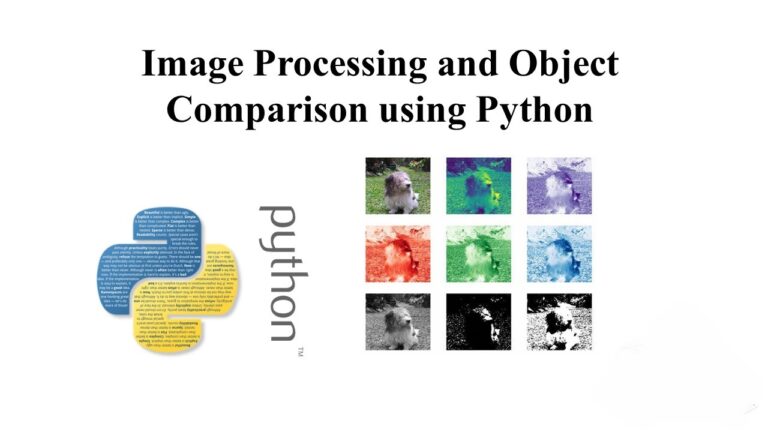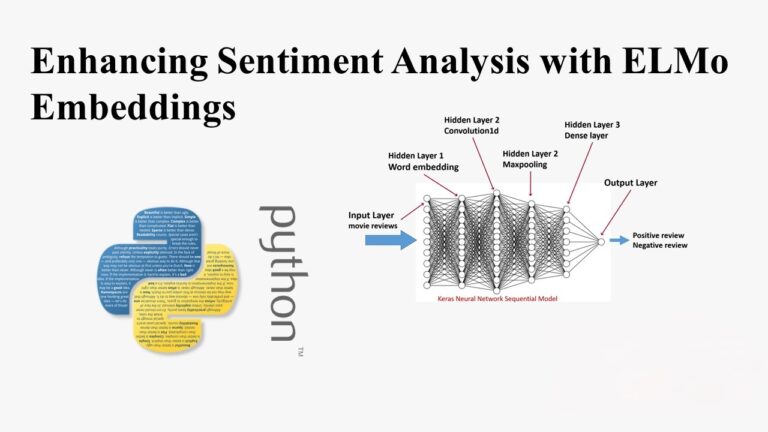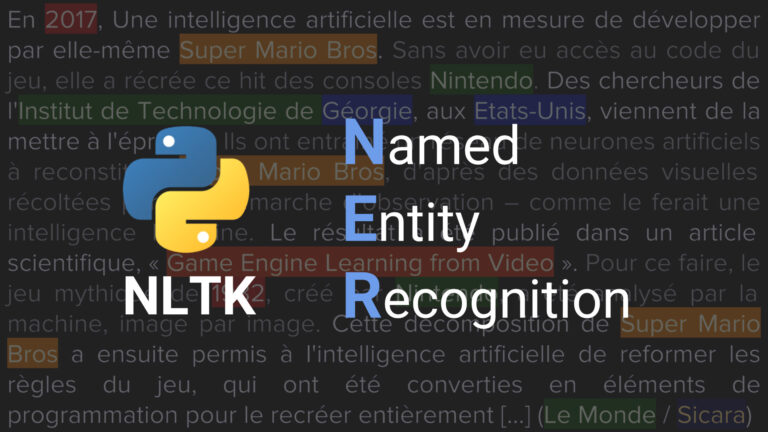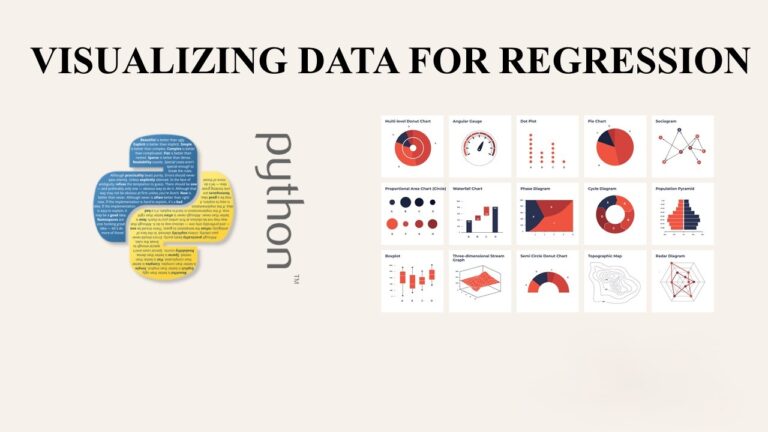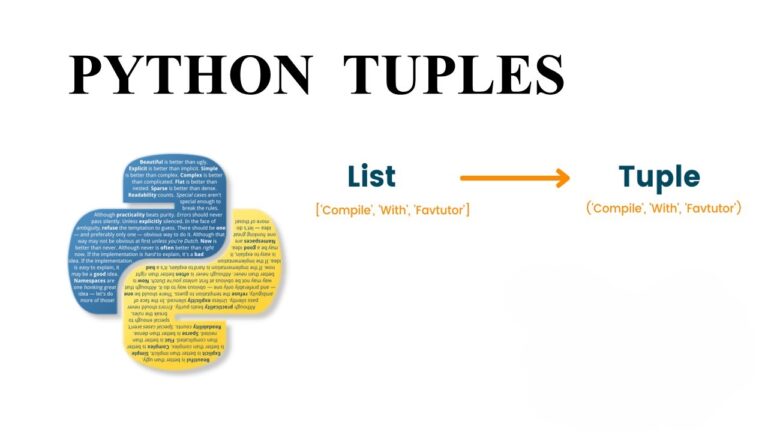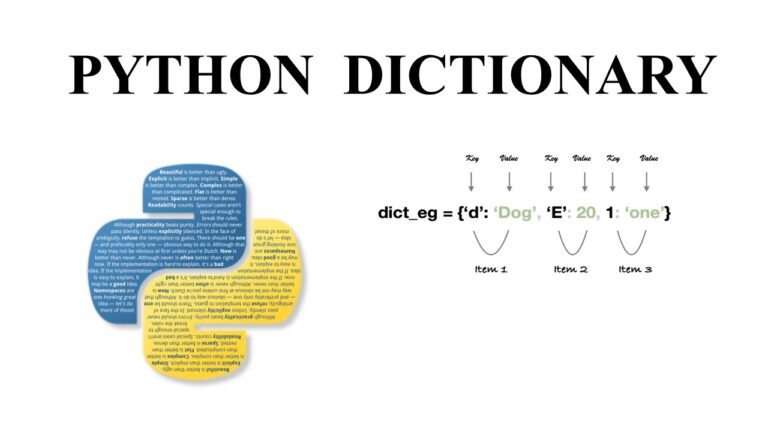Image Processing and Object Comparison using Python – Part 3
Practical Applications and Advanced Concepts Introduction: Welcome to the third and final part of our tutorial on Image Processing and Object Comparison using Python. In this section, we’ll explore practical applications and advanced concepts that build upon the knowledge gained in the previous parts. By the end of this tutorial, you’ll be equipped with the…

